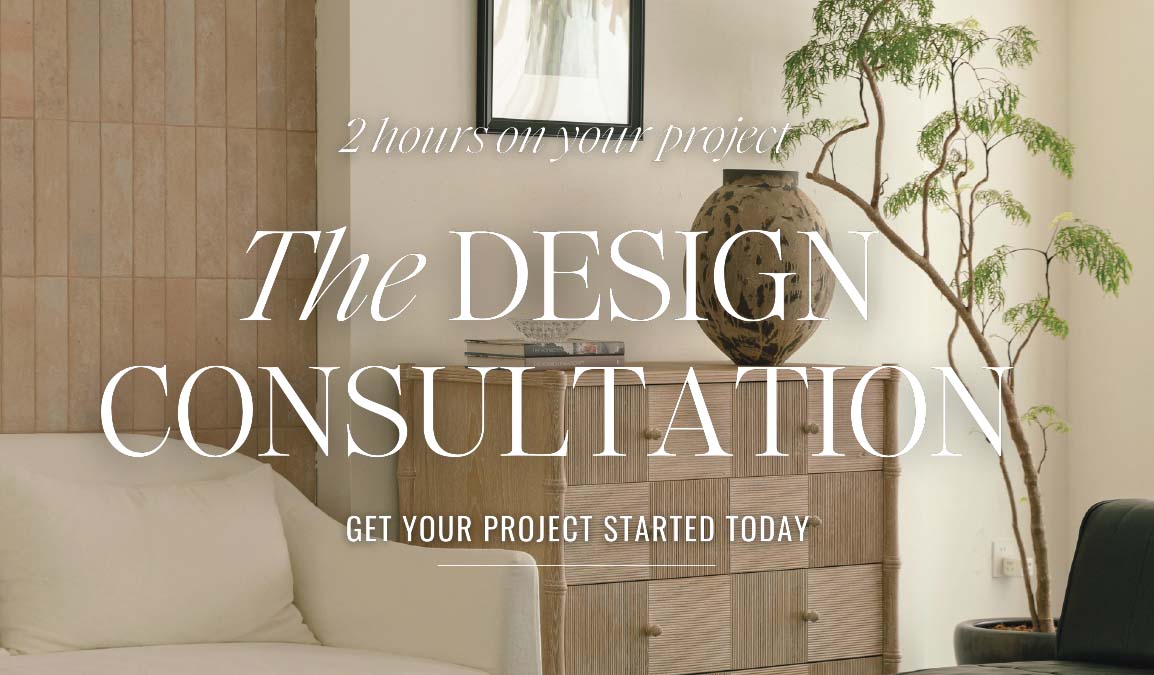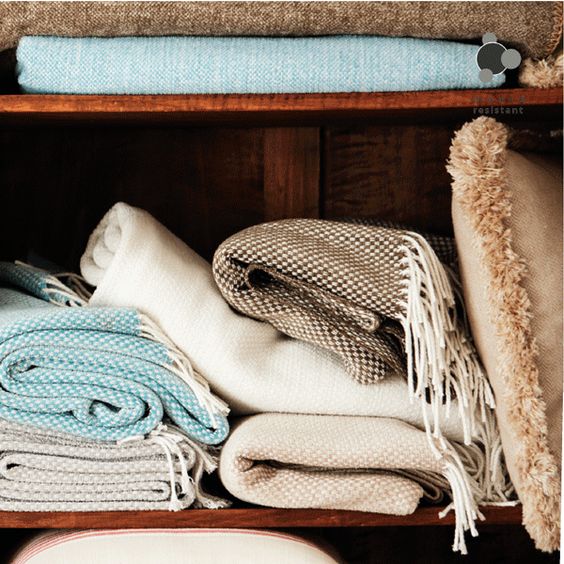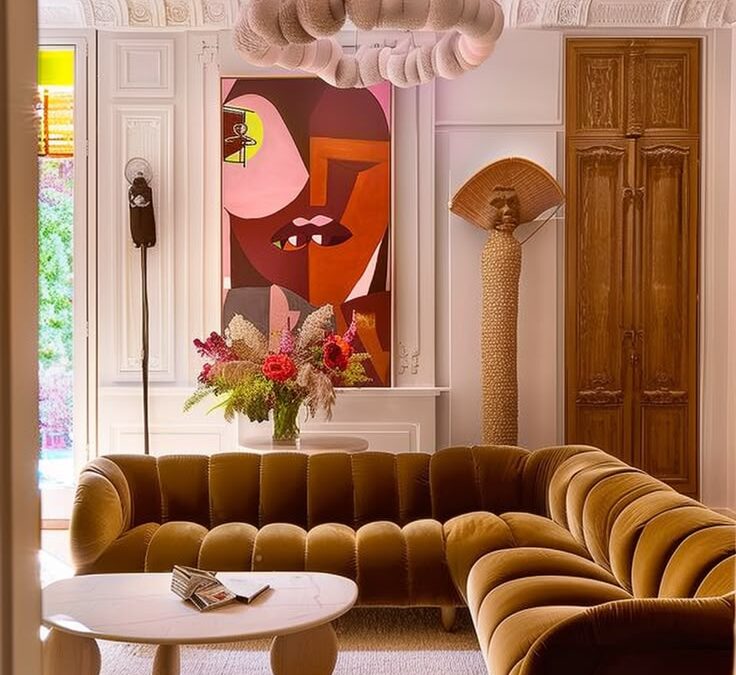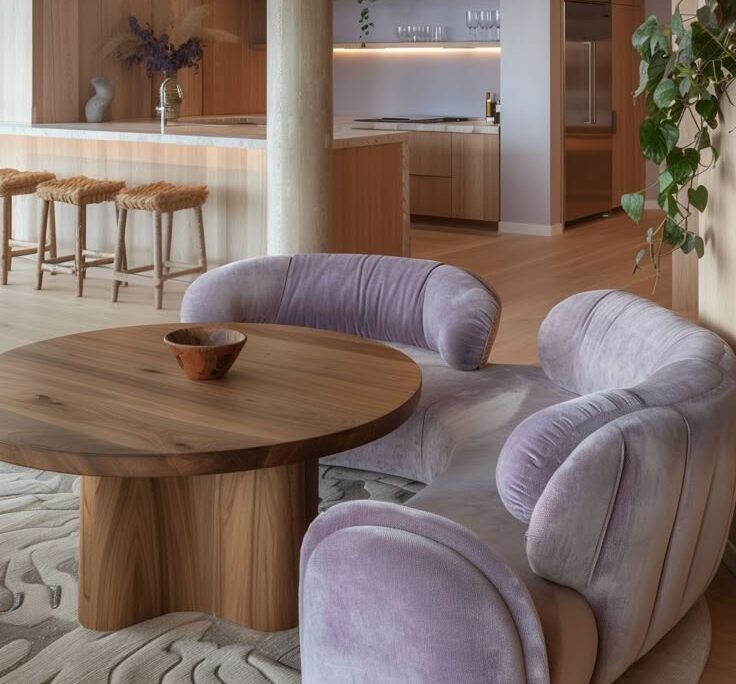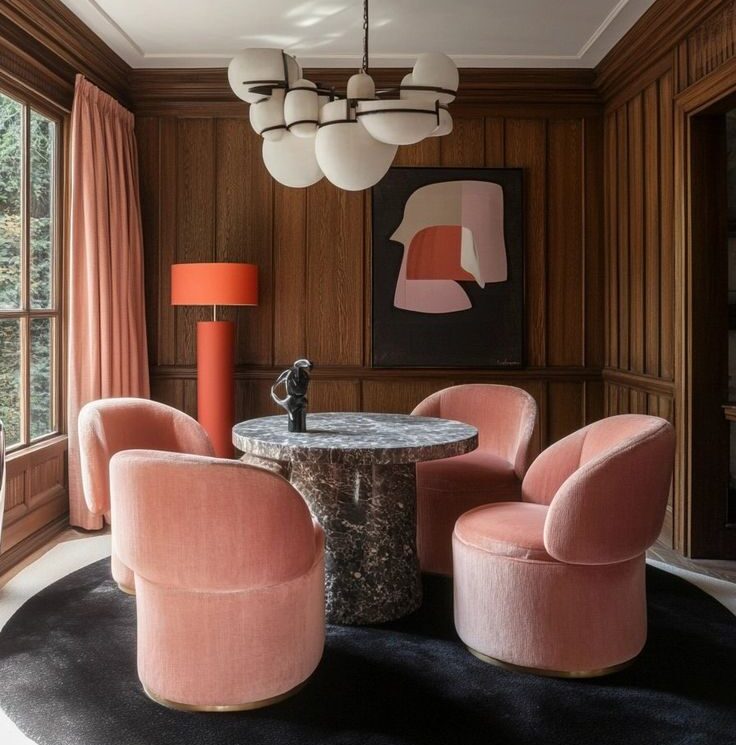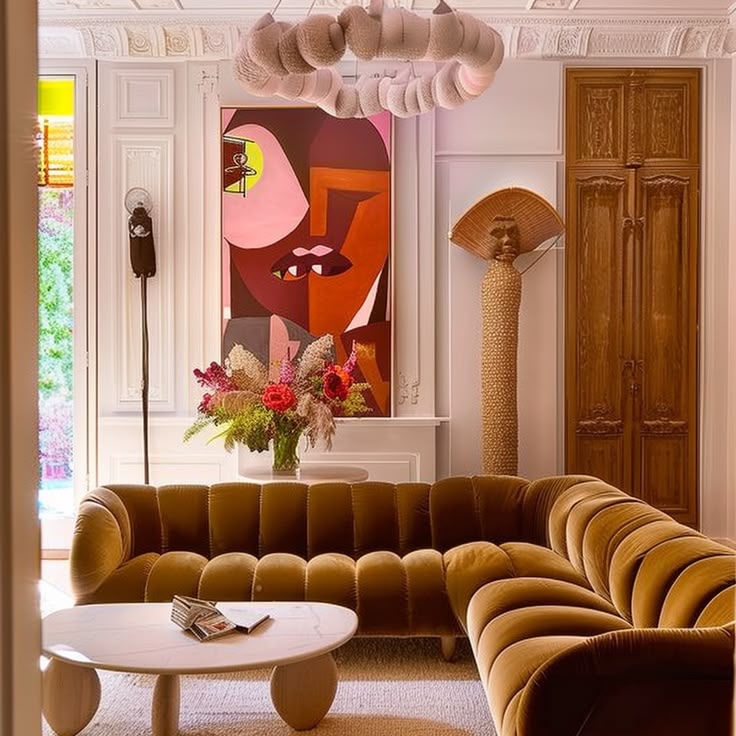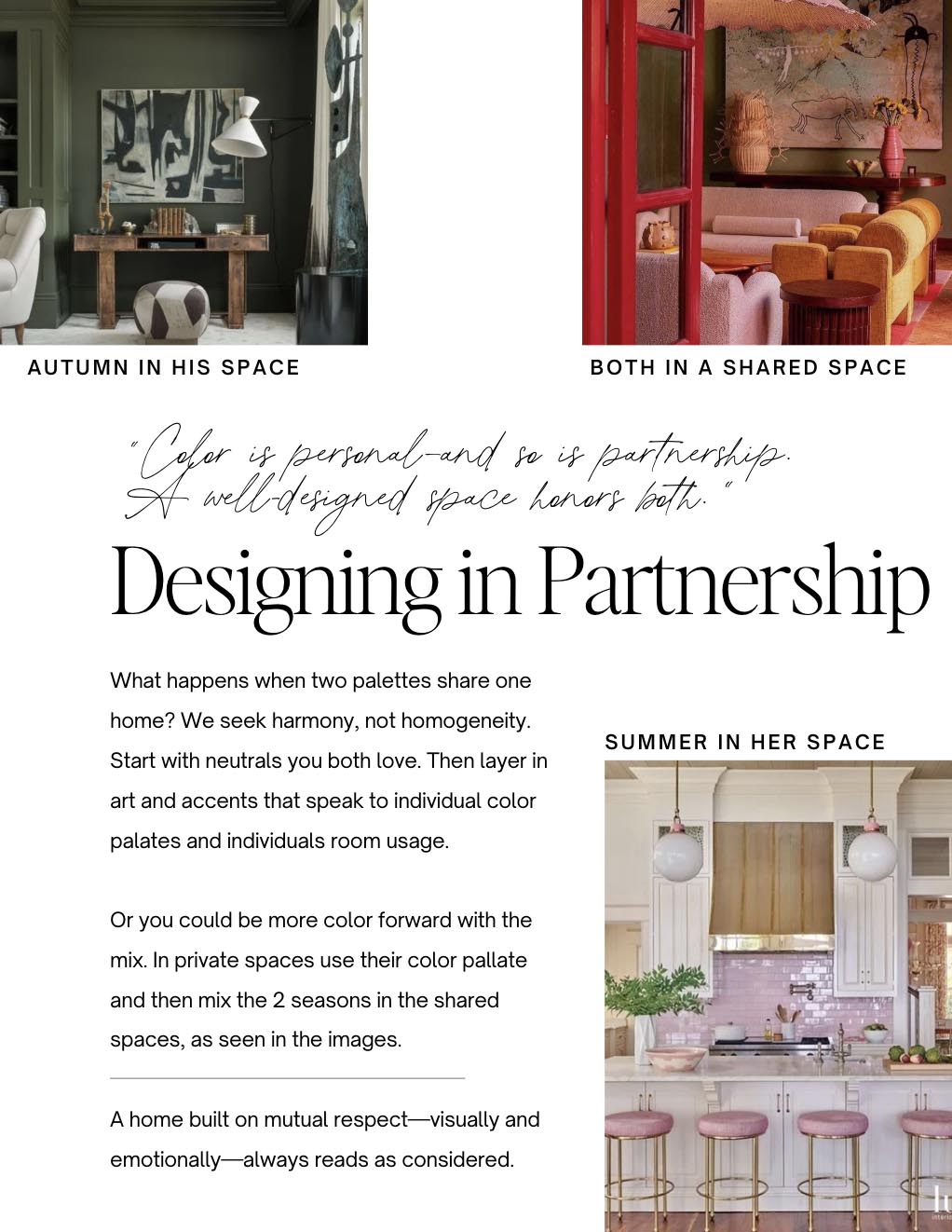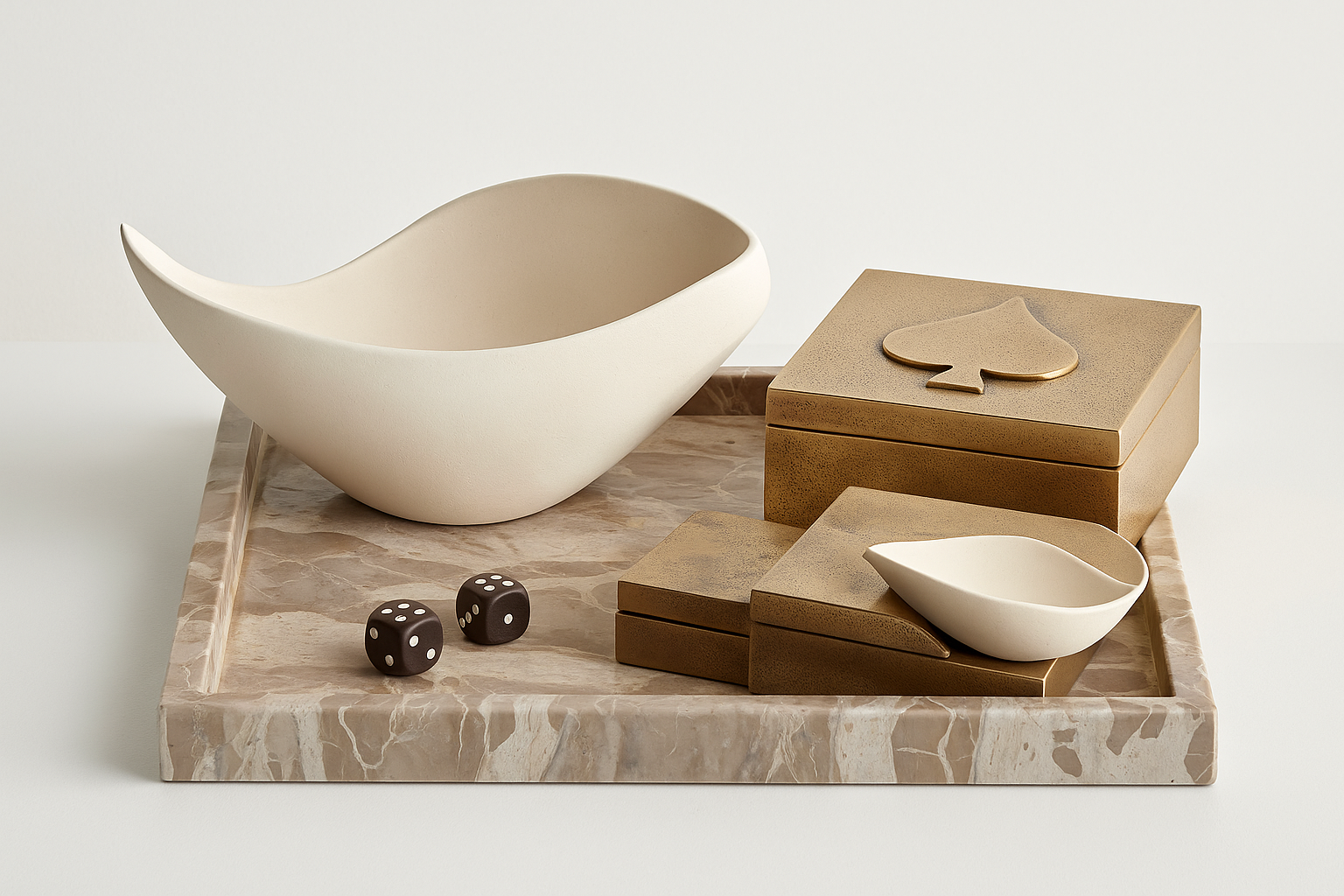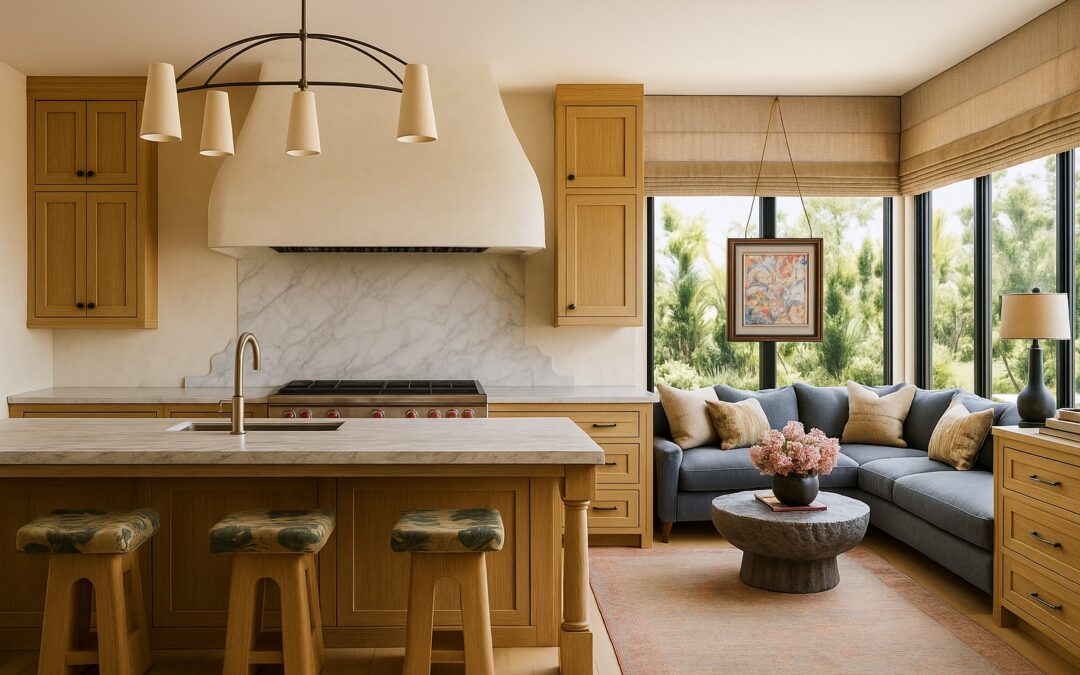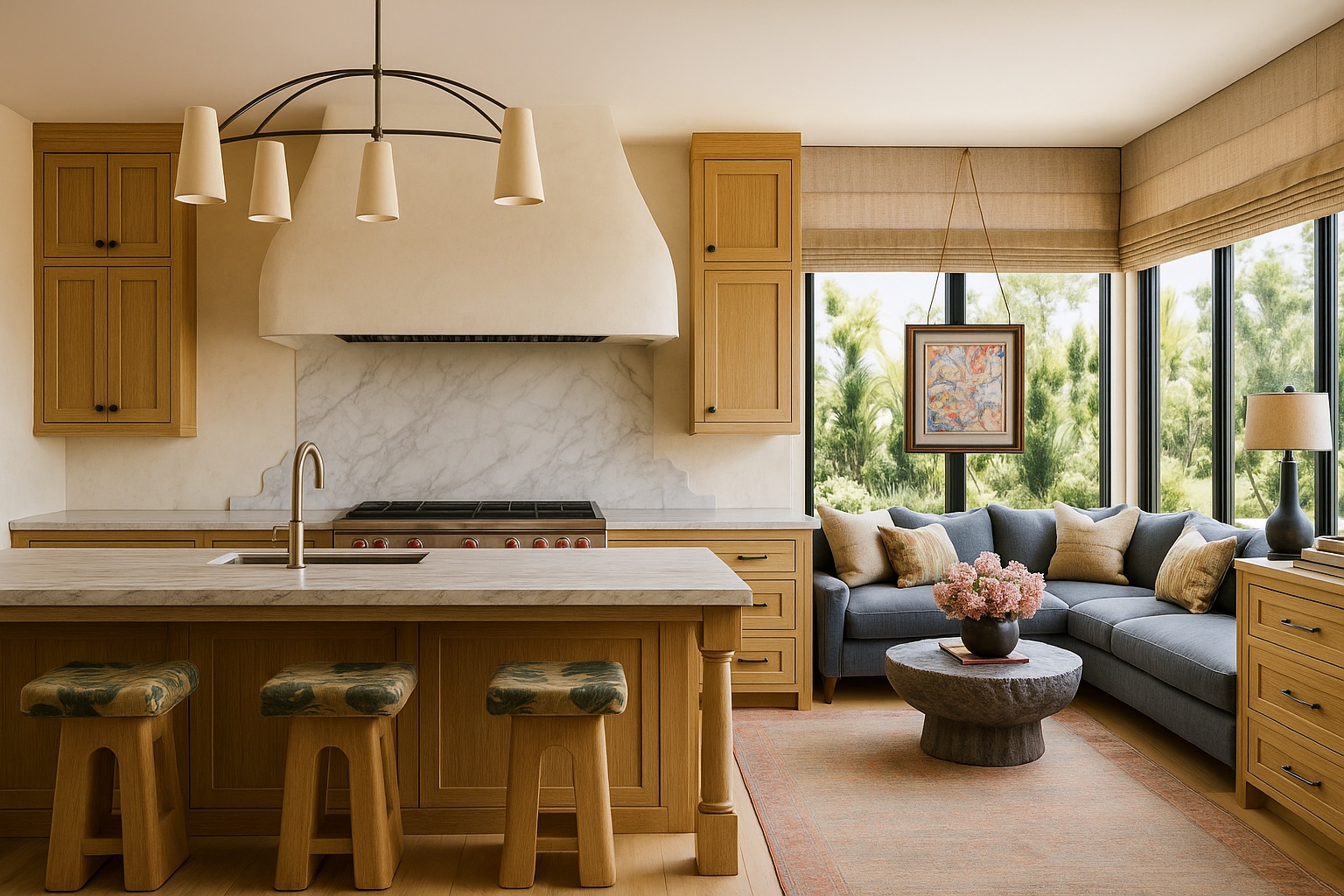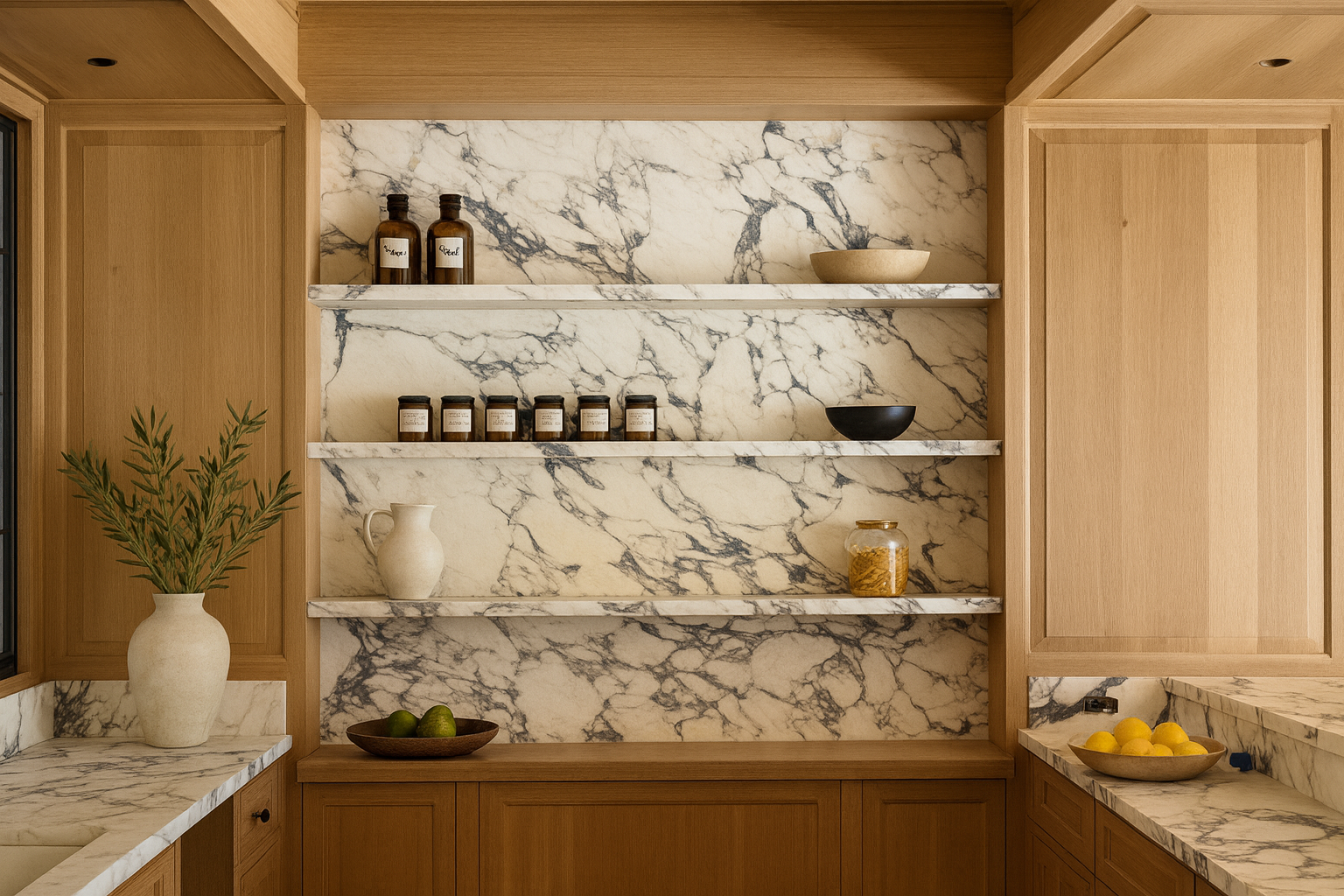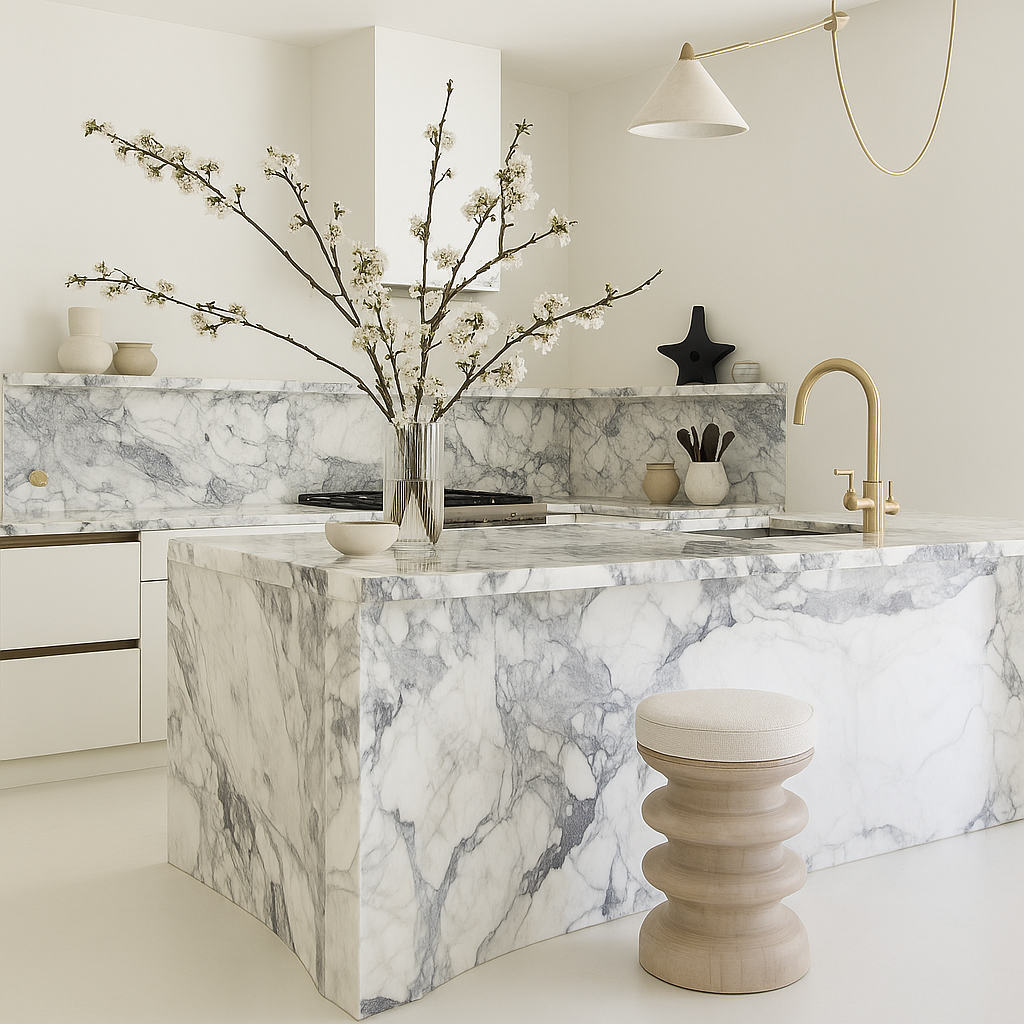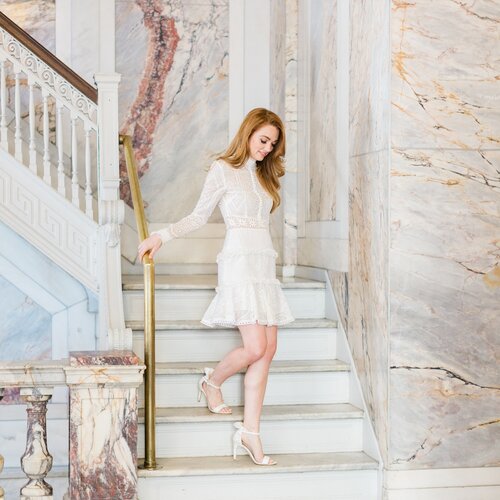
Best Bedroom Paint Colors for Restorative, Refined Interiors
Why Bedroom Color Choice Is Everything
The bedroom is where your nervous system goes to exhale. Color should support that. The right paint palette anchors the senses, softens transition, and gently shapes the emotional rhythm of your day.
For my clients, the bedroom isn’t just a place to sleep—it’s where ease begins. That’s why the color on the walls matters.
The Best Neutral Bedroom Paint Colors
These neutrals are refined, not flat. They support both minimalism and romance.
-
Benjamin Moore Classic Gray – Calm, warm greige that shifts beautifully with light.
-
Farrow & Ball School House White – Creamy, timeless, and never too cold.
-
Sherwin-Williams Drift of Mist – Barely-there and modern; especially good in bright rooms.

Deep, Saturated Hues for Sophisticated Sleep Spaces
When clients want a bedroom that feels more like a retreat, I lean into saturated, cocooning hues:
-
Farrow & Ball De Nimes – Romantic, moody blue-gray.
-
Sherwin-Williams Iron Ore – Deep and grounding with rich undertones.
-
Benjamin Moore Nightfall – Charcoal with a violet base—sensual and striking.
What to Consider Before Choosing Bedroom Paint
-
Lighting: North-facing = warmer tones. South-facing = cooler hues welcome.
-
Function: Is this just for sleep—or work, too?
-
Tone Matching: Consider how your bedding, floors, and curtains will interact.
-
Emotional Feel: What do you want to feel every time you walk in?
For deeper insight on how color shapes behavior, read:
👉 The Psychology of Color in Interior Design →
Bedroom Paint by Natural Light & Region
Paint behaves differently in Missouri, Massachusetts, and Florida. Here’s how I approach each:
-
Florida (Sarasota) – White walls often skew blue; go for warm taupes and creams.
-
Missouri (St. Louis) – Light fluctuates seasonally. Greiges are your safest bet.
-
Nantucket – Think weathered neutrals and coastal-inspired soft blues.
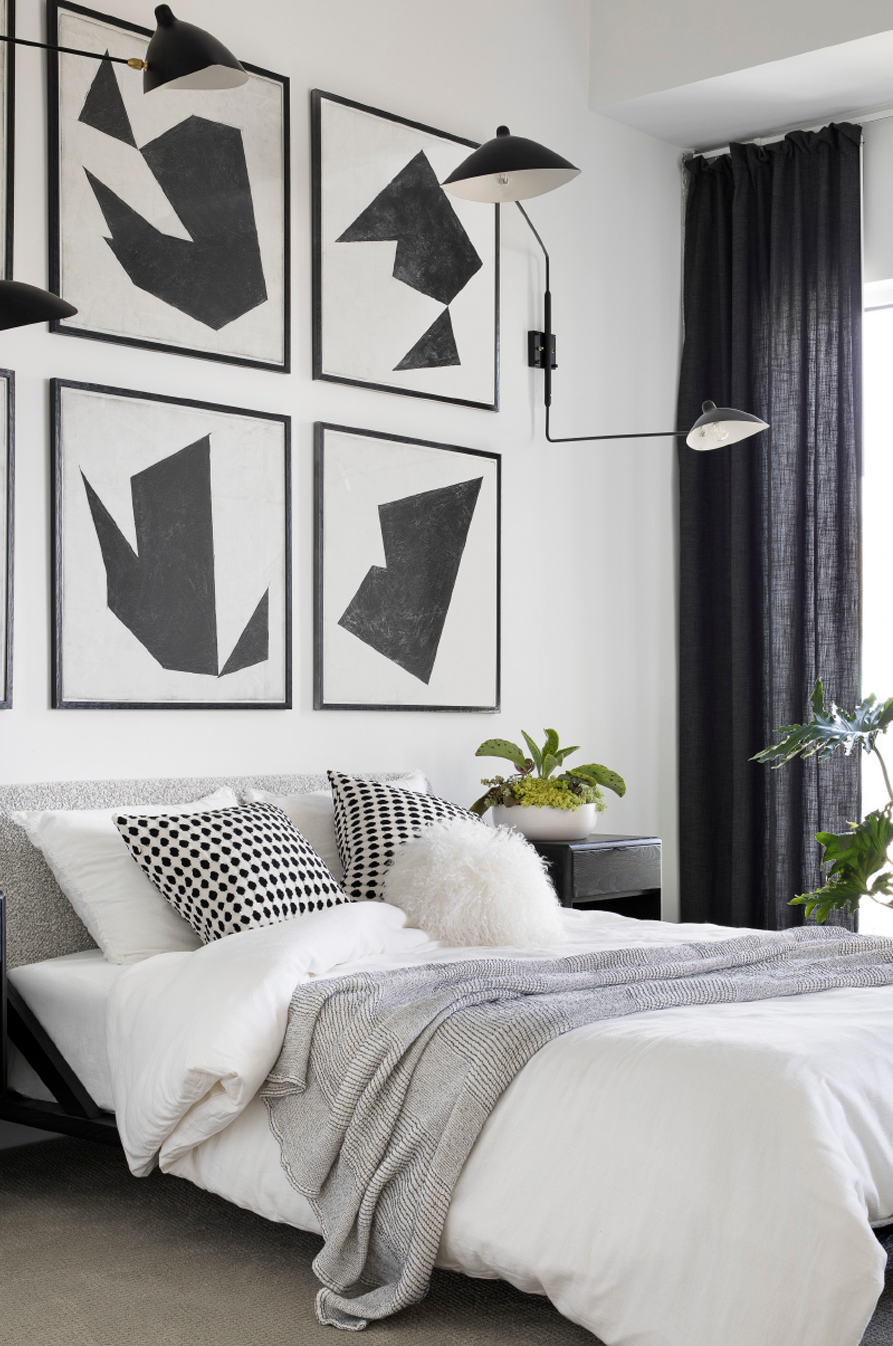
Finish Matters: Choosing the Right Sheen
-
Matte – Ideal for walls. Soft and forgiving.
-
Eggshell – Slightly more durable with subtle sheen.
-
Satin/Semi-Gloss – Only for trim or millwork. Never on walls—it flattens the space emotionally.
Paint by Personality: Let Emotion Lead
Choosing the right bedroom paint color isn’t just about trends—it’s about resonance. Here’s a cheat sheet I often use during consultations:
| If you want to feel… | Try this color |
|---|---|
| Calm & Minimal | Classic Gray or School House White |
| Grounded & Centered | Iron Ore or Drift of Mist |
| Romantic & Restorative | De Nimes or Nightfall |
| Bright but Soft | Drift of Mist or Classic Gray |
| Wrapped in Quiet Drama | Nightfall with satin bronze accents |
“Color should feel like a mood you want to live inside.”
Shop the Look: Bedroom Accents That Pair Beautifully
1. Alina Ceramic Table Lamp
Matte ivory glaze, sculptural shape. Creates warmth on both pale and dark walls.
Shop Now →
2. Louisa Washed Linen Throw
Stonewashed texture. A soft counterpoint to moody bedrooms and a cozy layer for light ones.
Shop Now →
Color as a Catalyst for Peace
Paint isn’t just surface—it’s atmosphere. When we choose colors with intention, we give ourselves more than a beautiful room. We give ourselves the kind of space we come home to emotionally.
A well-colored bedroom doesn’t wake you up—it welcomes you in.
Need help refining your palette? Book a 2-Hour Consultation →
Or browse calming textures and accents at shop.rachelblindauer.com →
FAQs About Bedroom Paint Colors
What is the most relaxing bedroom paint color?
Classic Gray by Benjamin Moore and De Nimes by Farrow & Ball are top contenders—one neutral, one moody. Both promote calm without dullness.
Should bedrooms be painted light or dark?
It depends on your emotional goals. Light colors expand and brighten. Darker tones cocoon and soften. Both work—just not in the same room.
What sheen is best for bedroom walls?
Always matte or eggshell. Avoid gloss—it breaks the softness of the space.
Can I use dark paint in a small bedroom?
Yes. In fact, small rooms often benefit from saturated tones. It creates depth and intimacy—especially with strategic lighting.
SOMETHING FOR EVERYONE
THE PIECES RACHEL RETURNS TO, AGAIN AND AGAIN

